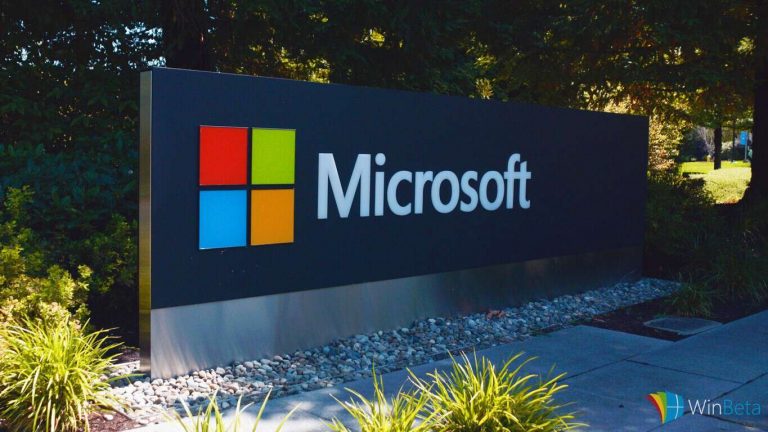On its sixth anniversary, Microsoft’s PhotoDNA is receiving one of its most significant updates yet to make this powerful anti-child pornography tool faster and more versatile with support for Linux and OSX.
One of the scourges of the Internet era has been the diffuse proliferation of child pornography across the web. To combat this harmful and tragic social ill, Microsoft created PhotoDNA, an image matching technology used by organizations and agencies to automatically detect child pornography so action can be taken and the photos removed.
Today, Microsoft announced a new update to PhotoDNA, which will improve image hashing speeds by up to 4 times and accelerate matching speeds by 10-20 times. PhotoDNA will also now be available for Linux and OS X platforms using C#, C++ and Python programming languages. Earlier this year, Microsoft also made this technology available through Azure with the new PhotoDNA Cloud service, making it even simpler for companies and agencies to disrupt the spread of child pornography.
Since launching in 2009, the technology has been used by over 100 companies around the world, including Facebook, Twitter, Kik, and Flipboard. PhotoDNA also used by law enforcement agencies around the world to aid in their investigations of child abuse crimes and the illegal trafficking of these images. PhotoDNA detects known illegal images, even if they have been altered, by reducing the images to numerical values called a hash. The hashes of new images can then be referenced against PhotoDNA’s database to root out the distribution of these harmful and illegal images. The service is provided free of charge to qualified companies and agencies.
What other tools should tech companies deploy to take on the illegal activities from the darker side of the web?


